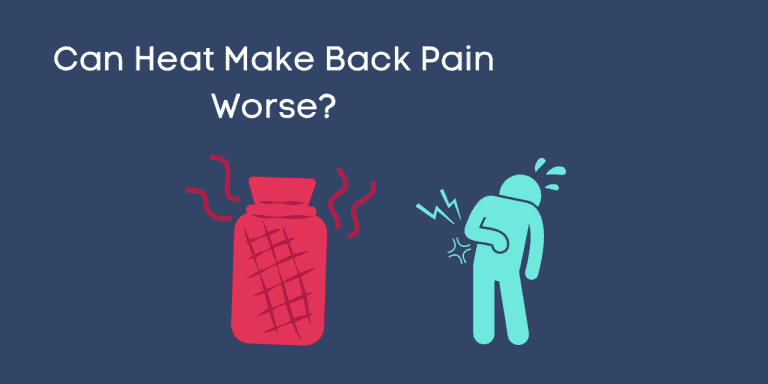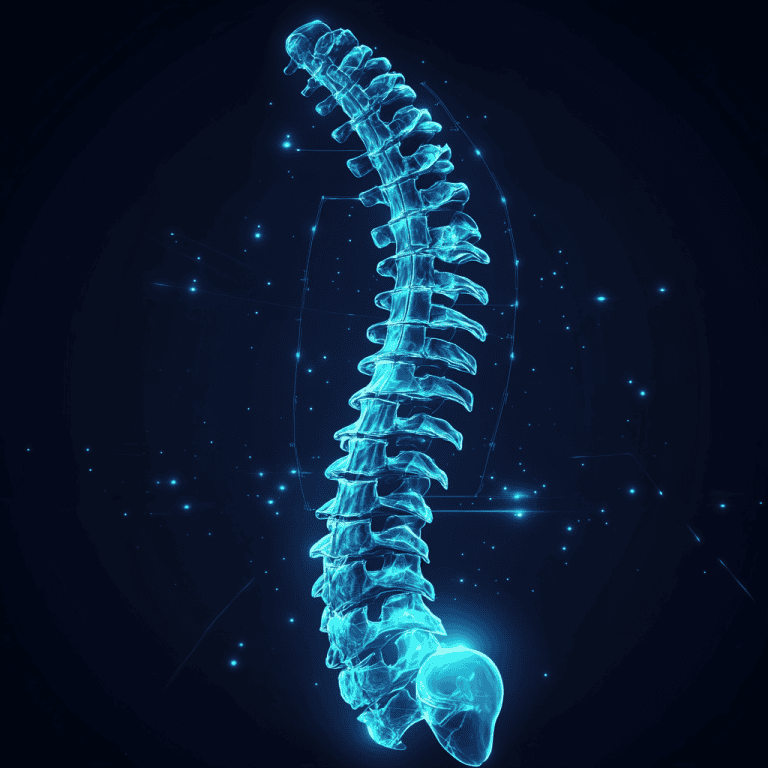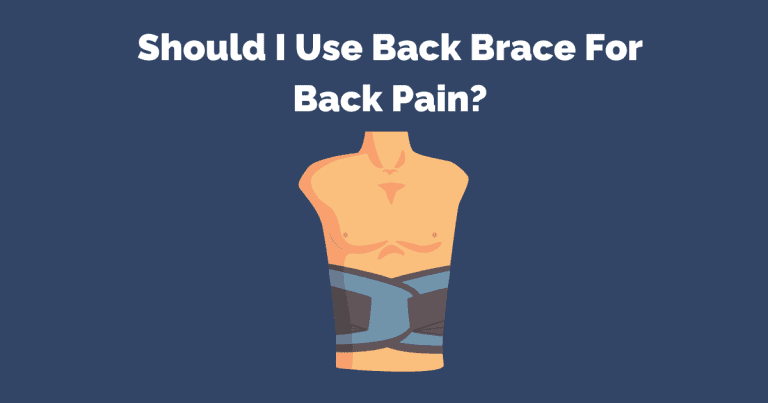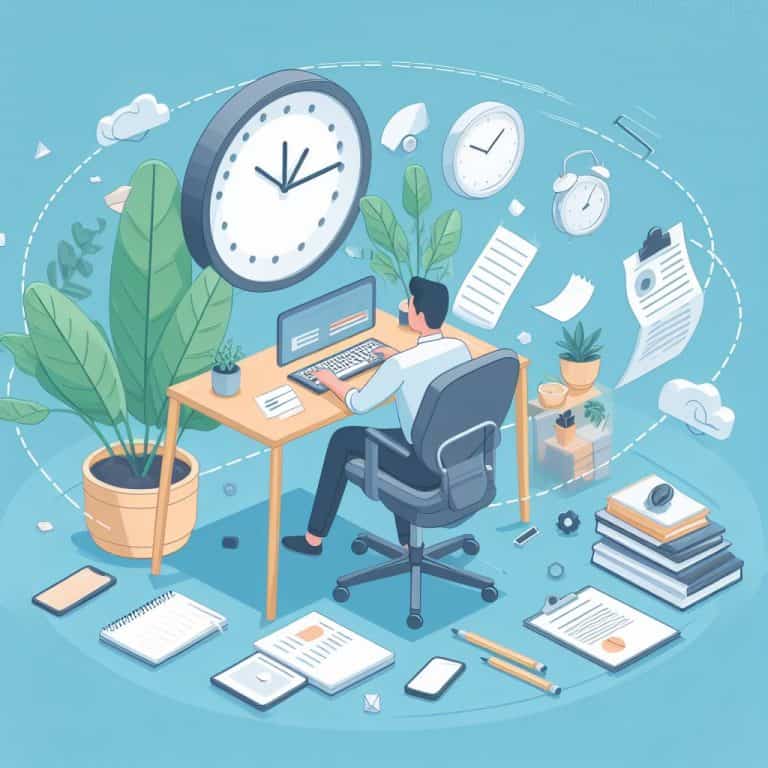Complete Understanding of Back pain Symptoms, Treatments, Diagnosis, Causes, and 10 Home Exercises
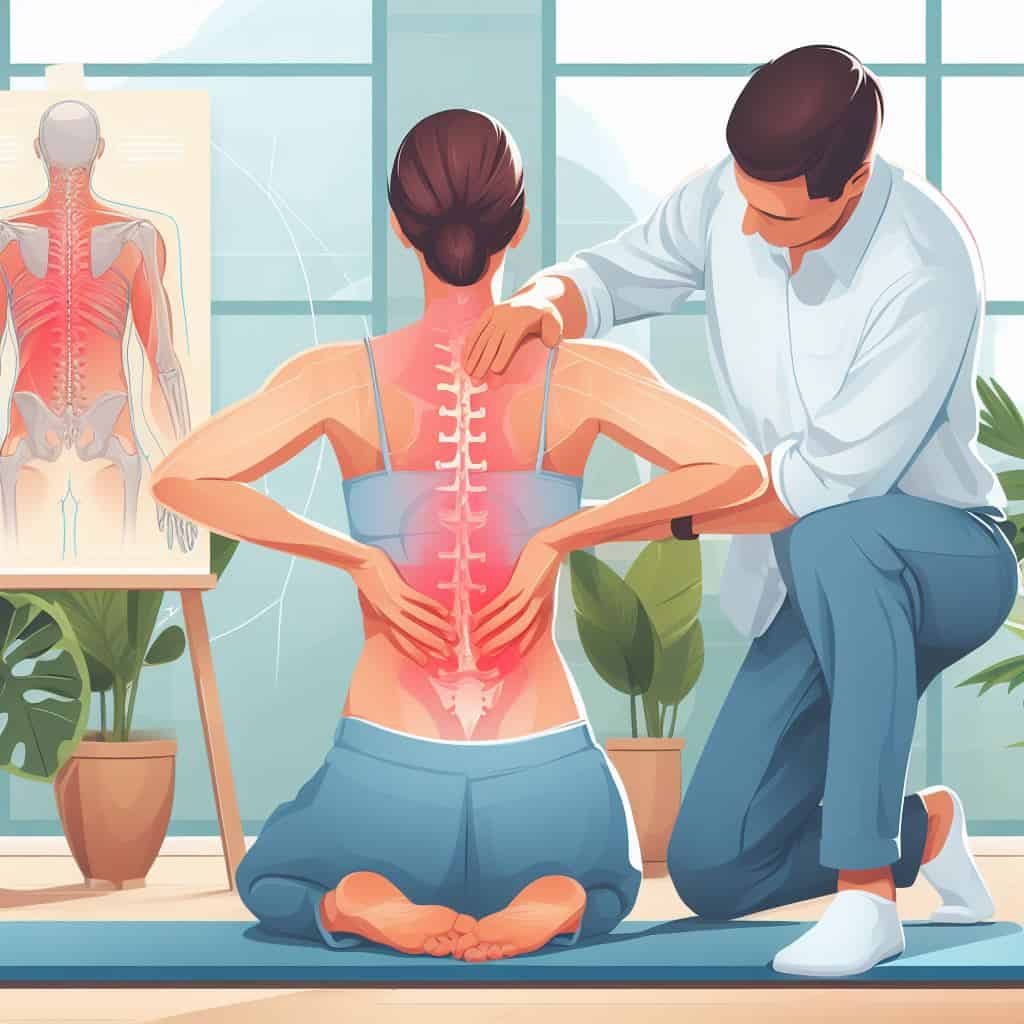
Table of Contents
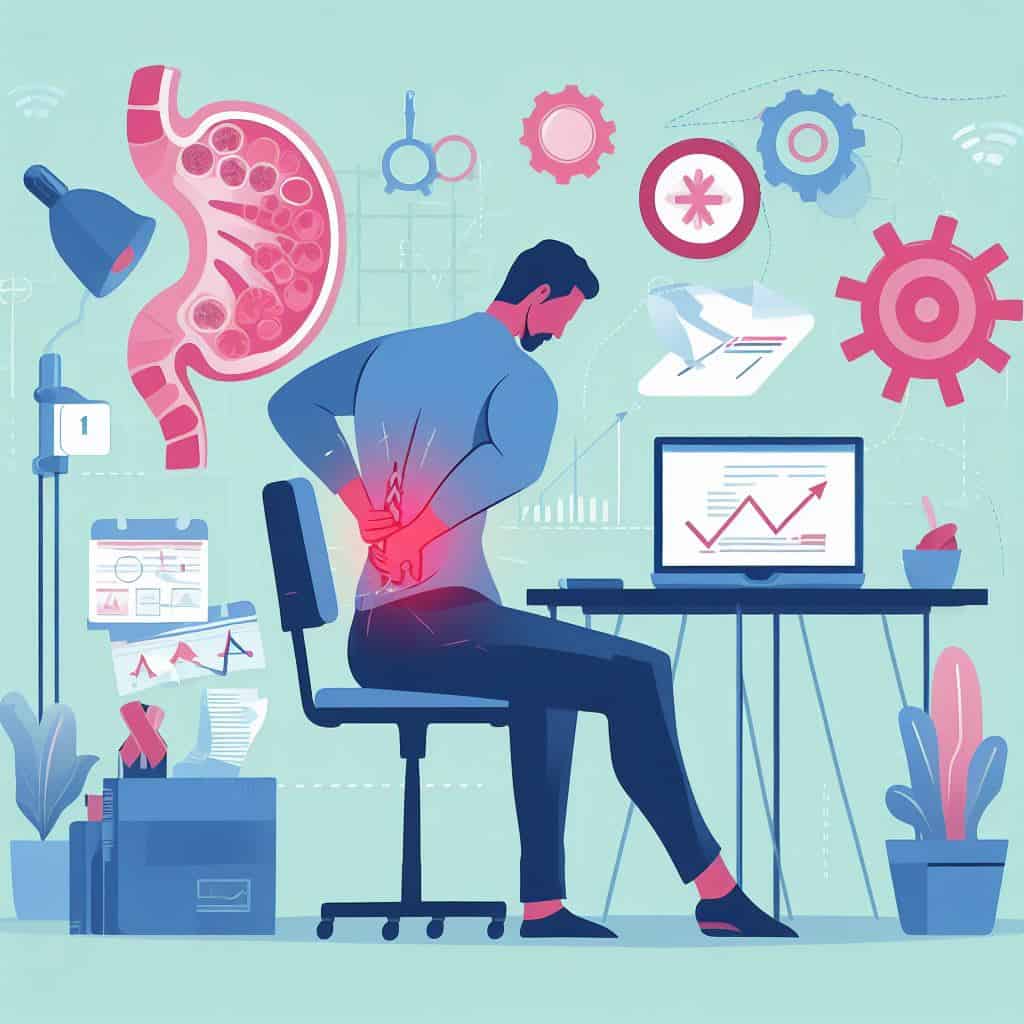
First Things First: Potential Back Pain Causes and Factors
Back pain can stem from various factors, each with its unique characteristics. Understanding these common causes is essential for effective prevention and management. Here’s an in-depth look at each contributor to back pain:
Muscle Strain and Back Pain
Muscle Strain happens during activities such as heavy lifting, sudden movements, or poor body mechanics. The microscopic damage to muscle fibres can lead to localized pain and discomfort.
Poor Posture and Back Pain
Modern lifestyles, especially those involving extended periods of desk work and passive activities, can lead to postural issues. Improper posture on soft mattresses can contribute to back pain. Over time, this may result in chronic back pain as the spine undergoes stress in unnatural positions.
Herniated Disc and Back Pain
The herniation can put pressure on surrounding nerves, leading to pain, numbness, or weakness. It can be caused by aging, degenerative changes, or sudden injuries.
Arthritis and Back Pain
Conditions like osteoarthritis and rheumatoid arthritis can affect the spine, causing the breakdown of cartilage and inflammation in the joints. This results in discomfort, especially during movement.
Sciatica Causes
Sciatica refers to pain that radiates along the path of the sciatic nerve, usually caused by compression or irritation of the nerve roots in the lower spine. Common causes include herniated discs, bone spurs, or spinal stenosis.
Osteoporosis Causes
As bone density decreases, the vertebrae become more porous and prone to compression fractures. These fractures can cause severe pain and lead to a stooped posture.
Scoliosis Causes
While some cases are congenital, others develop during adolescence. Scoliosis can cause uneven pressure on the spine, leading to back pain and, in severe cases, respiratory issues.
Traumatic Injuries Causes
Impact or forceful movements can cause fractures, dislocations, or soft tissue injuries in the spine. Traumatic injuries may lead to acute or chronic back pain, requiring immediate medical attention.
Lifestyle Factor
Lack of physical activity weakens the supporting muscles of the spine. Smoking reduces blood flow to the spine, hindering its ability to heal. Excessive alcohol consumption can lead to inflammation and damage to the spinal structures.
Psychosocial Factor
Emotional stress can manifest physically, leading to muscle tension and increased sensitivity to pain. Chronic psychological conditions may also affect pain perception and the ability to cope with back discomfort.
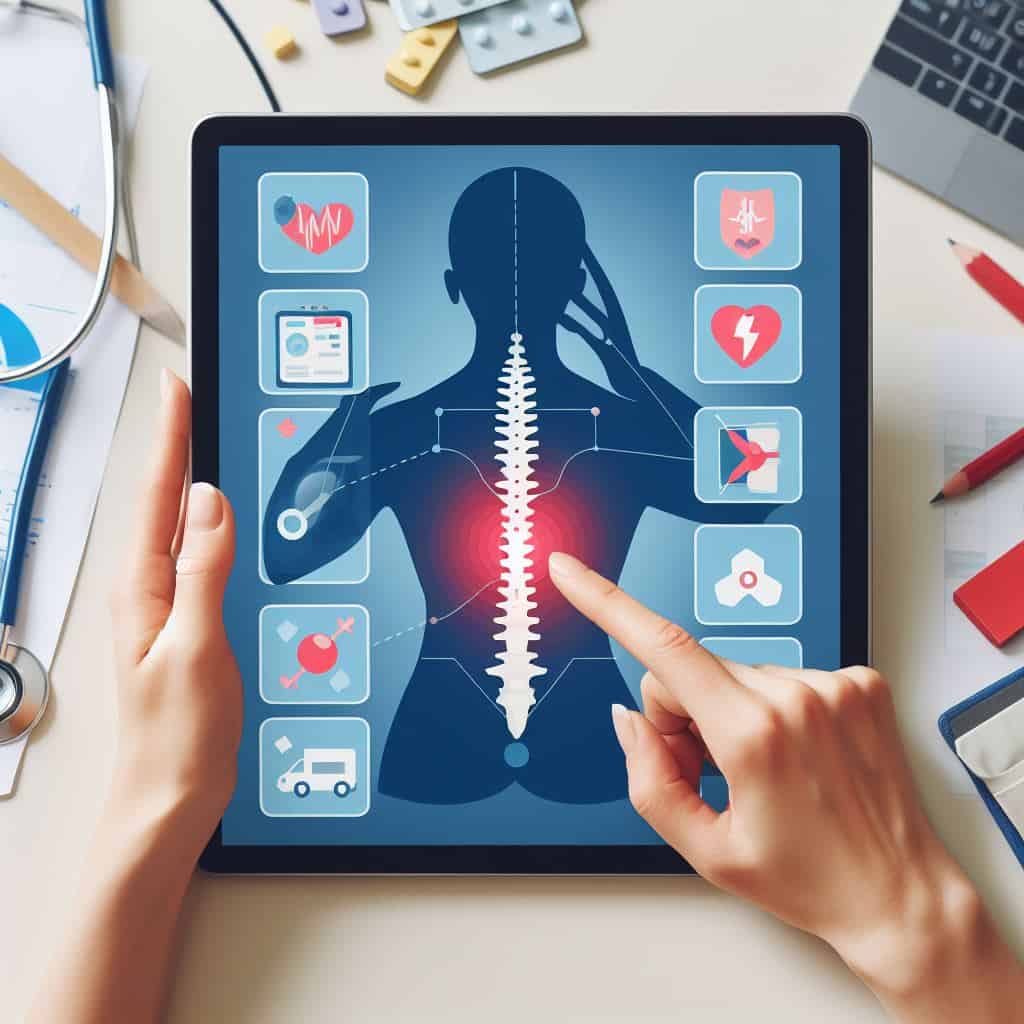
Possible Back Pain Symptoms
Decode the language of your body. Learn how persistent aches, shooting pains, and muscle spasms signal specific issues. Recognize the signs for effective self-assessment.
Persistent Back Pain Symptoms
Persistent back pain symptoms can include ongoing discomfort, stiffness, limited range of motion, and difficulty performing daily activities. It is important to seek medical evaluation for accurate diagnosis and appropriate treatment.
Shooting Pain in Back
Shooting pain in the back can be a sharp, intense sensation that radiates down the spine or into the limbs. It may indicate nerve compression or irritation and should be evaluated by a healthcare professional.
Limited Flexibility in Back
Limited flexibility in the back refers to difficulty or stiffness in moving the spine, which can impact daily activities and range of motion. Seeking medical advice can help identify the underlying cause and determine appropriate treatment options.
Radiating Back Pain
Radiating back pain refers to discomfort that spreads from the back to other body areas, such as the legs or buttocks. It may suggest nerve involvement and should be assessed by a healthcare provider for accurate diagnosis and effective treatment.
Tingling and Numbness in Back
If you are experiencing tingling and numbness in your back, it is important to consult with a medical professional to determine the underlying cause. This could be due to various factors such as nerve impingement, muscle strain, or a spinal condition. A healthcare provider can evaluate your symptoms, perform necessary tests, and provide appropriate treatment recommendations.
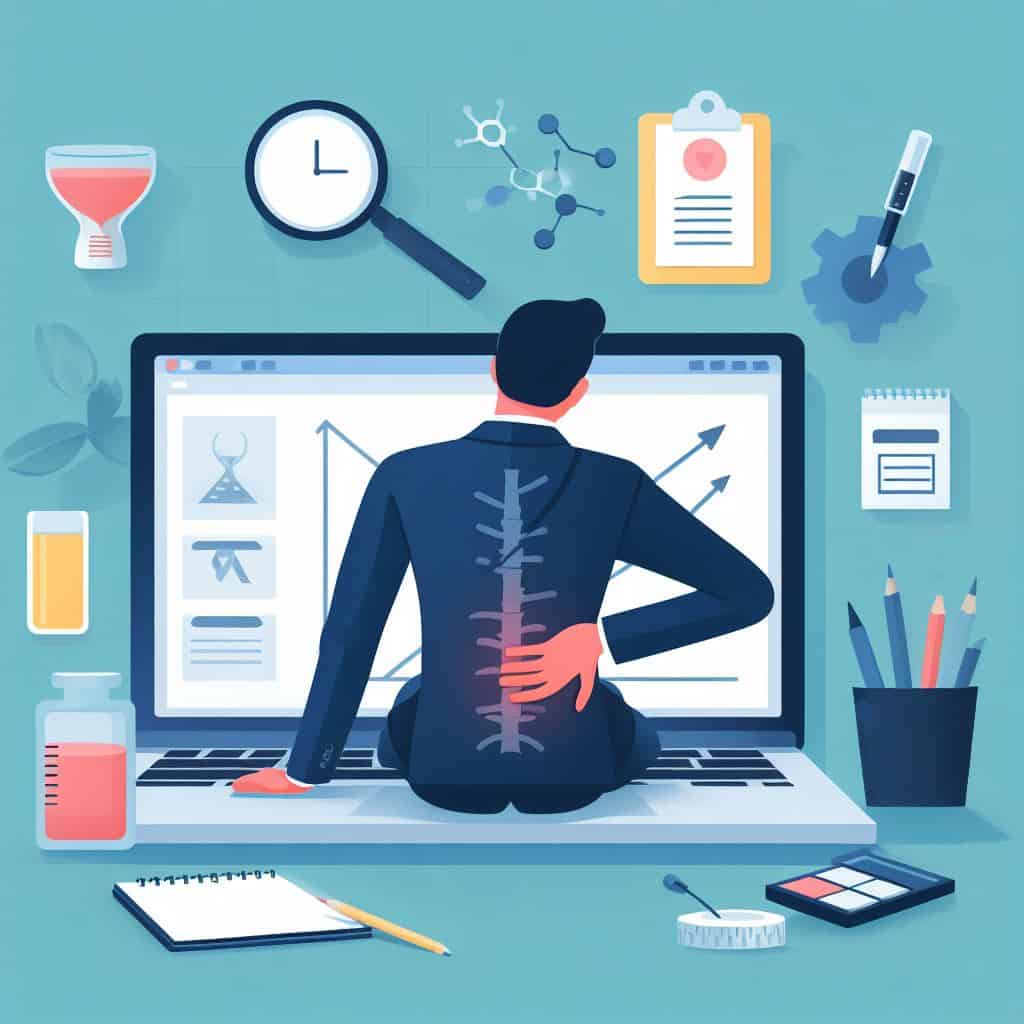
Risk Factors Associated with Back Pain
Navigate the terrain of back pain risks, from the influence of aging and sedentary lifestyles to the weighty impact of excess pounds. Arm yourself with the knowledge to prevent and protect.
Aging and Back Pain Risk
Aging is a risk factor for back pain. As we age, the natural wear and tear on our spine can lead to conditions such as degenerative disc disease, spinal stenosis, and osteoarthritis, which can contribute to back pain. Additionally, age-related changes in muscle strength and flexibility can also increase the risk of back pain. It is important to maintain a healthy lifestyle, including regular exercise, proper posture, and weight management, to minimize the risk of back pain as we age.
Lack of Exercise and Back Pain
Lack of exercise can contribute to back pain. Regular exercise helps strengthen the muscles that support your spine and improve flexibility, which can reduce the risk of developing back pain. It is important to incorporate exercises that target your core muscles and promote good posture. Additionally, staying active can help maintain a healthy weight, which can also alleviate stress on the spine. Consult with a healthcare professional for personalized advice and exercises to address your specific back pain concerns.
Excess Weight and Back Pain
Excess weight can contribute to back pain. The added weight puts extra pressure on the spine, leading to strain and discomfort. Losing weight through a combination of healthy eating and regular exercise can help alleviate back pain.
Smoking and Back Pain
Smoking can contribute to back pain by causing decreased blood flow, reduced oxygen levels, and damage to the spinal discs. Quitting smoking can help improve back pain and overall spinal health.
Occupational Factors in Back Pain
Common occupational factors that can contribute to back pain include:
Prolonged sitting: Sitting for long periods, especially with poor posture, can strain the muscles and ligaments in the back.
Heavy lifting: Jobs that involve lifting heavy objects or repetitive lifting can put excessive stress on the back, leading to pain and injury.
Manual labor: Jobs that require repetitive movements, bending, twisting, or working in awkward positions can strain the back muscles and increase the risk of back pain.
Vibrations: Working with vibrating machinery or equipment can transmit vibrations through the body, which can contribute to back pain over time.
Poor ergonomics: Inadequate workplace ergonomics, such as poorly designed workstations or equipment, can lead to poor posture and increased strain on the back.
Stress: High-stress jobs can lead to muscle tension and increased risk of back pain.
Lack of physical activity: Sedentary jobs that involve minimal physical activity can contribute to back pain, as the back muscles may become weak and susceptible to injury.
Work environment: Factors such as cold temperatures, inadequate lighting, or slippery surfaces can increase the risk of accidents and back injuries.
It’s important to address these occupational factors to reduce the risk of back pain. Implementing proper ergonomics, taking regular breaks, using lifting techniques, and maintaining a physically active lifestyle can help prevent or alleviate back pain in the workplace.
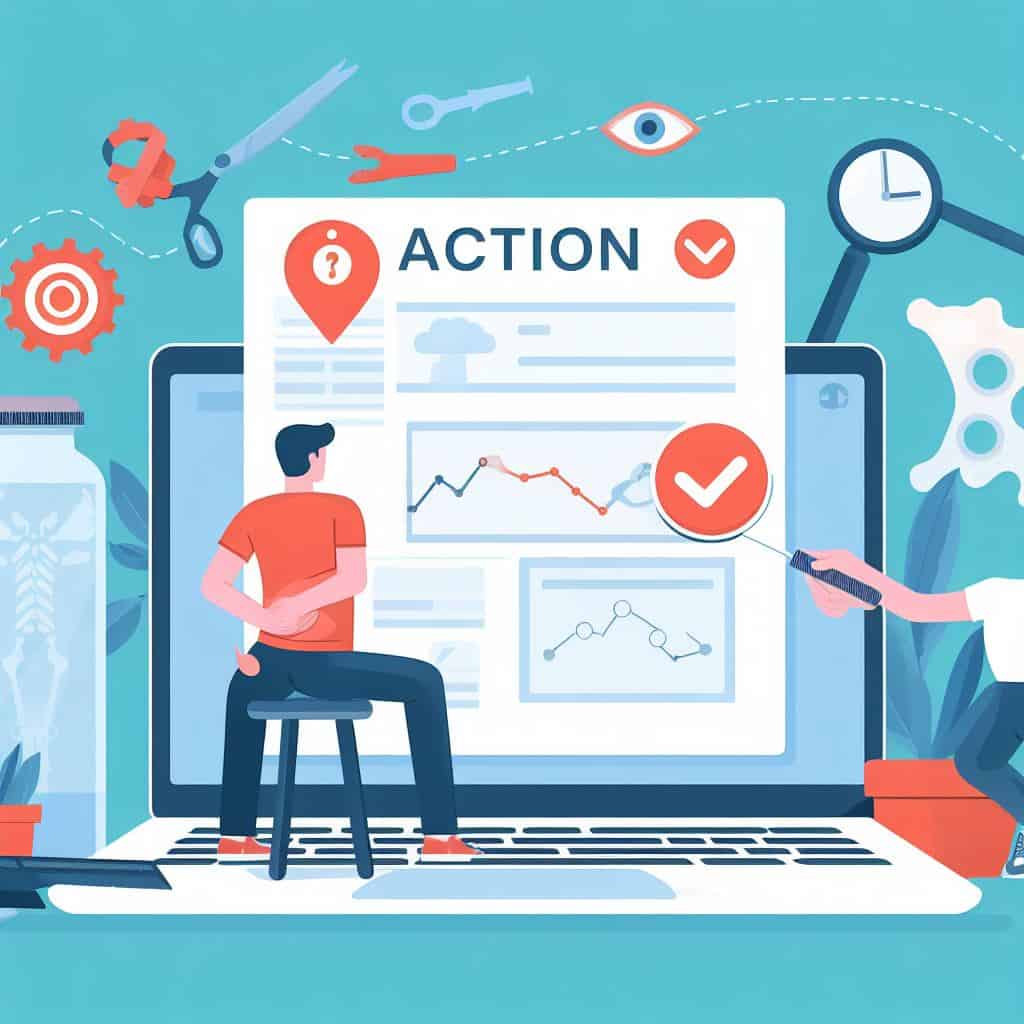
Action You Can Do for Back Pain Prevention
Empower your back’s defence mechanisms. Embrace exercises, posture perfection, and ergonomic wisdom to shield against future discomfort. Your proactive journey to a pain-free life starts here.
10 Exercises for Back Pain Prevention
Plank: Start in a push-up position and hold your body straight for 30 seconds to 1 minute.
Bird Dog: Get on your hands and knees, extend one arm and the opposite leg, then switch sides and repeat for 10-12 reps.
Dead Bug: Lie on your back with your knees bent, raise your arms and legs while keeping your lower back pressed against the floor, and alternate lowering opposite arms and legs.
Cat-Camel Stretch: Get on your hands and knees and alternate between arching your back up like a cat and lowering it down like a camel.
Bridge: Lie on your back with knees bent, lift your hips off the ground, and hold for 10-15 seconds.
Superman: Lie face down with arms extended overhead, lift your arms and legs off the ground, and hold for 10-15 seconds.
Side Plank: Lie on your side with your elbow under your shoulder, lift your hips off the ground, and hold for 30 seconds to 1 minute on each side.
Pelvic Tilts: Lie on your back with knees bent, gently flatten your lower back against the floor by tilting your pelvis backward, hold for a few seconds, and release.
Child’s Pose: Start on your hands and knees, then sit your hips back onto your heels while reaching your arms forward and resting your forehead on the ground.
Cobra Stretch: Lie face down with palms on the ground under your shoulders, push your upper body off the ground while keeping your hips on the floor, and hold for 10-15 seconds.
Good Posture for Back Pain
Good posture can help alleviate back pain. Here are some tips to maintain proper posture:
- Stand tall: Keep your shoulders back, chest out, and head aligned with your spine.
- Sit correctly: Sit with your back straight, shoulders relaxed, and feet flat on the floor. Use a chair with good lumbar support or consider using a cushion.
- Use ergonomic equipment: If you work at a desk, use an ergonomic chair and adjust your computer screen to eye level.
- Lift properly: Bend your knees and lift with your legs, keeping your back straight. Avoid twisting while lifting heavy objects.
- Take breaks: Avoid sitting or standing in one position for too long. Take short breaks to stretch and change your posture.
- Use supportive footwear: Wear comfortable shoes that provide proper arch support and cushioning.
- Strengthen your core: Engage in exercises that target your abdominal and back muscles to improve posture and reduce strain on your spine.
Remember, maintaining good posture is important not only for reducing back pain but also for overall spinal health.
Proper Lifting Techniques
Remember to use proper lifting techniques to protect your back. Here are some tips to ensure safe lifting practices:
- Bend your knees and squat down to lift objects.
- Keep the object close to your body as you lift.
- Avoid twisting your spine while carrying heavy items.
- Use your leg and core muscles to lift, rather than straining your back.
By following these techniques, you can minimize the risk of back pain and maintain a healthy spine.
Weight Management and Back Pain
Maintaining a healthy weight can help prevent back pain. Here are some tips to manage your weight and protect your back:
- Follow a balanced diet to maintain a healthy weight.
- Engage in regular physical activity to strengthen your core muscles.
- Avoid excessive weight gain or loss, as it can strain your back.
By managing your weight effectively, you can reduce the risk of back pain and promote a healthier spine.
Quitting Smoking for Back Health
Quitting smoking can contribute to back health and reduce the risk of back pain. By taking this step, you are prioritizing your overall well-being and promoting a healthier spine.
Ergonomic Workspace for Back Pain
To create an ergonomic workspace to alleviate back pain, follow these guidelines:
Chair: Choose an adjustable chair with proper lumbar support. Adjust the height so that your feet are flat on the floor and your knees are bent at a 90-degree angle. Sit with your back against the chair and use a cushion if needed.
Desk: Set your desk height so that your elbows are at a 90-degree angle when typing. Use a keyboard tray or adjust the desk height if necessary. Ensure there is enough space for your legs and that the desk surface is at a comfortable level.
Monitor: Position your monitor directly in front of you at eye level. Adjust the distance so that it’s about an arm’s length away. Use a monitor stand if needed to achieve the right height and angle.
Keyboard and Mouse: Keep your keyboard and mouse at a distance where your arms can rest comfortably by your sides. Use a wrist rest to support your wrists while typing and maintain a neutral wrist position.
Lighting: Ensure adequate lighting to reduce eye strain. Avoid glares on your screen by adjusting the position of your monitor or using an anti-glare screen protector.
Posture: Sit up straight with your shoulders relaxed and your back supported. Avoid slouching or hunching over the desk. Take short breaks to stretch and move around regularly.
Organize: Keep frequently used items within easy reach to minimize reaching or twisting motions. Use a document holder if necessary to avoid straining your neck and back while reading.
Remember, ergonomic adjustments may vary depending on individual needs. It’s always a good idea to consult with an ergonomics specialist or healthcare professional for personalized advice.
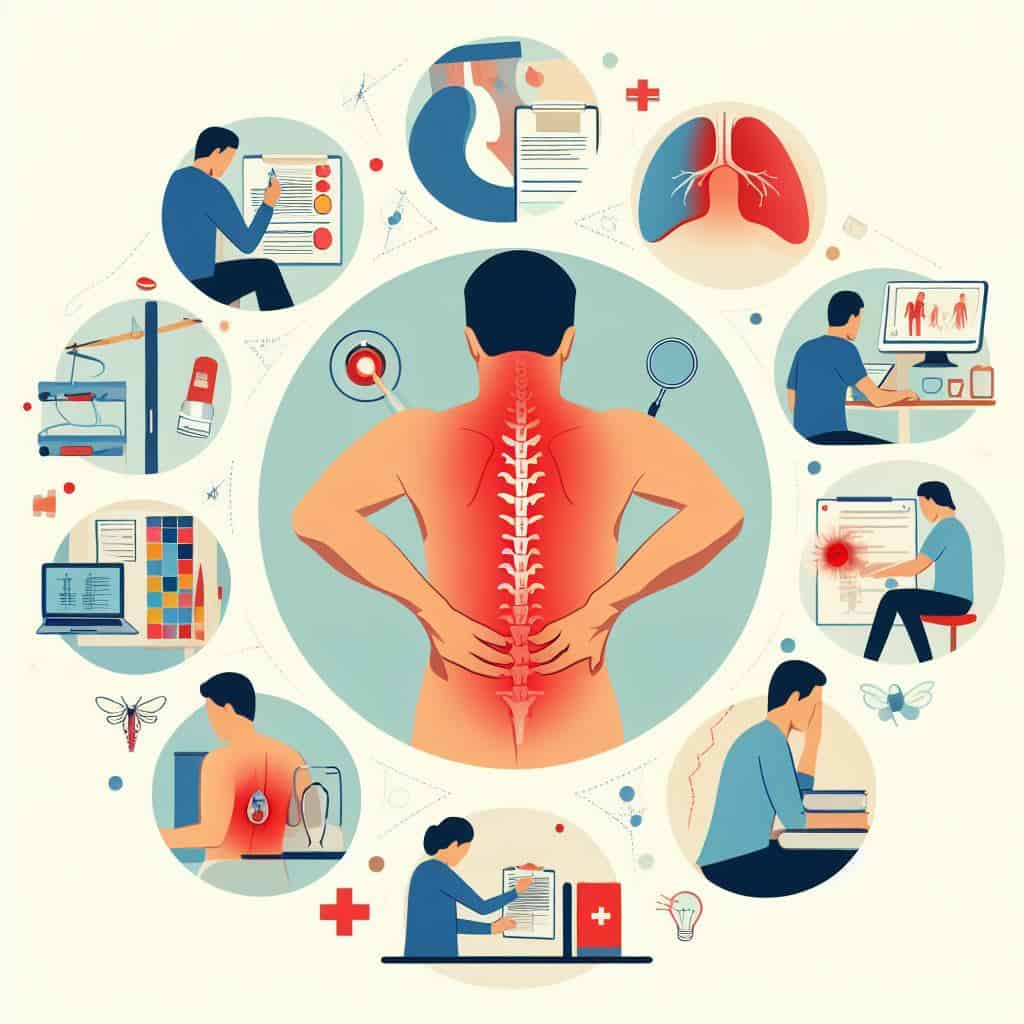
A Few Examples of Back Pain Diagnosis Strategies by Health Experts
Unveil the tools doctors use to decipher back pain mysteries. From physical examinations to cutting-edge imaging, demystify the diagnosis process for informed decision-making.
Physical Examination for Back-Pain
During a physical examination for back pain, healthcare professionals will assess your range of motion, muscle strength, and reflexes to help identify potential causes and develop an appropriate treatment plan.
Imaging Tests for Back-Pain
Imaging tests for back pain, such as X-rays, MRIs, or CT scans, provide valuable insights into the underlying causes of your discomfort, aiding in accurate diagnosis and effective treatment planning.
Blood Tests for Back-Pain
Blood tests for back pain can help identify any underlying medical conditions or infections that may be contributing to your symptoms, assisting in determining the most suitable treatment approach.
Blood tests can detect markers of inflammation, autoimmune disorders, or certain infections that may be affecting your back health. By analyzing your blood work, healthcare professionals can gain a clearer understanding of your overall health and make more informed decisions regarding your treatment options.
Diagnostic Injections for Back-Pain
In some cases, diagnostic injections may be recommended to pinpoint the exact source of your back pain. These injections, such as facet joint blocks or nerve root blocks, involve the targeted administration of local anesthetics or steroids to temporarily alleviate pain and help determine the specific area causing your discomfort.
Bone Scans for Back-Pain
Bone scans can provide valuable information about the presence of fractures, infections, or tumors in your spine. By injecting a small amount of radioactive material into your bloodstream, healthcare professionals can track its distribution and identify any abnormalities that may be causing your back pain, allowing for targeted and effective treatment strategies.
Nerve Studies and Electromyography (EMG) for Back-Pain
Nerve studies, such as electromyography (EMG), can help identify nerve damage or muscle disorders that may be contributing to your back pain. By evaluating the electrical activity of your muscles and nerves, these tests aid in the development of an appropriate treatment plan to alleviate your discomfort.

Possible Treatment Options for Back Pain
Explore a spectrum of solutions, from medications to surgery, and tailor your approach to match your unique pain profile. Chart your course to relief with confidence.
Medications for Back Pain
Explore a range of medications that can effectively alleviate back pain symptoms. From over-the-counter nonsteroidal anti-inflammatory drugs (NSAIDs) to prescription medications such as muscle relaxants and opioids, find the right medication to manage your discomfort. Always consult with your healthcare provider to determine the most suitable option for your specific condition.
Physical Therapy for Back Pain
Engage in physical therapy to address and manage your back pain. Through targeted exercises and techniques, a trained physical therapist can help improve your strength, flexibility, and overall function. Collaborate with your healthcare provider to develop a personalized physical therapy plan that aligns with your needs and goals.
Hot and Cold Therapy for Back Pain
Hot and cold therapy can be beneficial for back pain. Here is a simple guide on how to use hot and cold therapy for back pain relief:
- Cold Therapy:
- Apply an ice pack or a bag of frozen vegetables wrapped in a thin cloth to the affected area.
- Leave it on for 15-20 minutes.
- Repeat every 2-3 hours for the first 48 hours after the onset of pain.
- Hot Therapy:
- Use a heating pad or a hot water bottle wrapped in a towel.
- Apply it to the affected area for 15-20 minutes.
- Repeat multiple times throughout the day.
Always use a barrier, such as a towel or cloth, between your skin and the hot or cold source to avoid skin damage. If your back pain persists or worsens, consult a healthcare professional.
Exercise and Stretching for Back-Pain
Regular exercise and stretching can help alleviate back pain. Incorporate activities that strengthen your core muscles, such as yoga or Pilates, and focus on stretching exercises that target the back and surrounding muscles. Remember to start slowly and gradually increase intensity to avoid further injury.
Lifestyle Changes for Back-Pain
Making certain lifestyle changes can contribute to managing back pain. This includes maintaining proper posture while sitting and standing, using ergonomic furniture and tools, practicing stress management techniques, and engaging in regular physical activity. Additionally, ensuring a good night’s sleep on a supportive mattress and avoiding activities that strain the back can also aid in reducing back pain.
Injections for Back-Pain
Injections can be a treatment option for back pain. These injections often contain corticosteroids or numbing medications, which can help reduce inflammation and alleviate pain in the affected area. It is important to consult with a healthcare professional to determine if injections are suitable for your specific condition.
Surgery for Severe Back Pain
In cases of severe back pain, surgery may be recommended as a treatment option. Surgical procedures aim to address the underlying cause of the pain, such as herniated discs or spinal stenosis. However, surgery is typically considered a last resort after conservative treatments have been exhausted. It is crucial to consult with a qualified surgeon to assess the risks and benefits of surgical intervention for your individual situation.
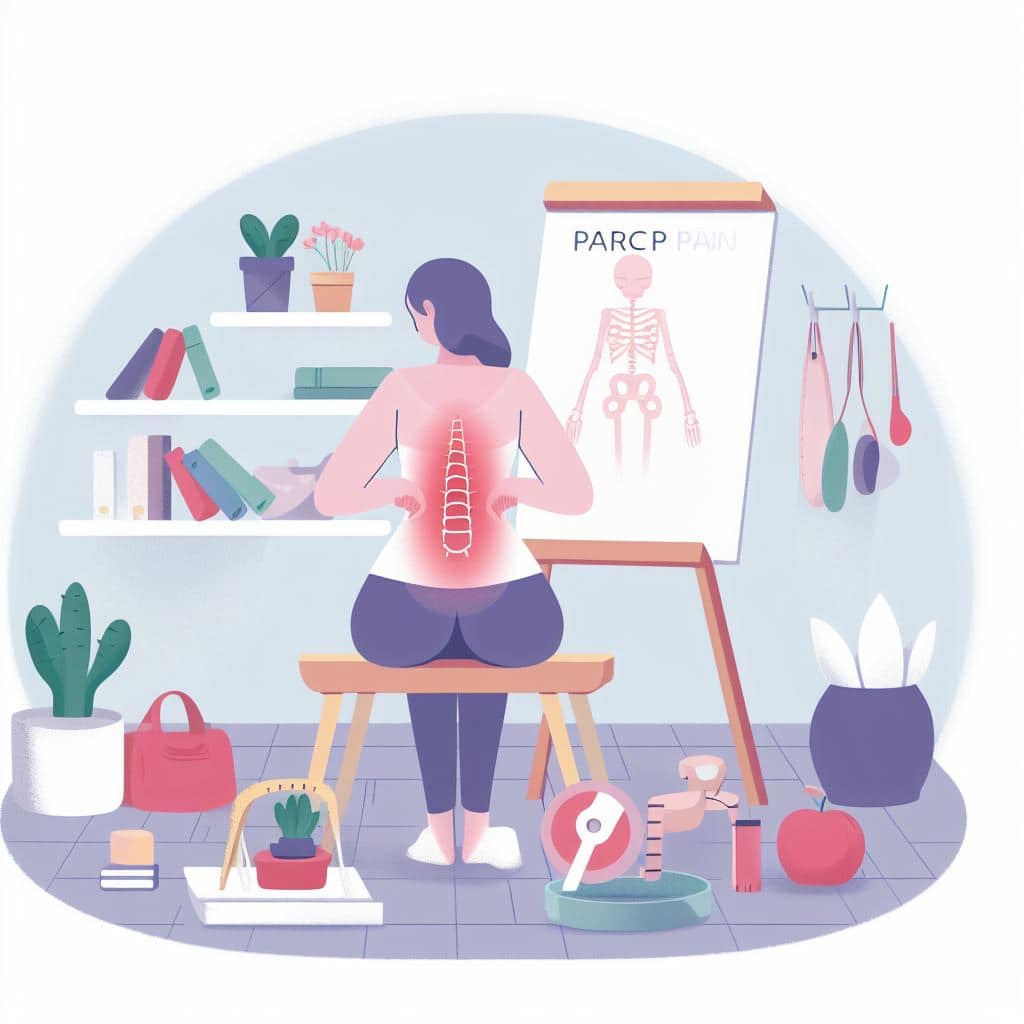
Personal Back Pain Coping Strategies
Arm yourself with holistic coping mechanisms. Harness stress management, relaxation techniques, and community support to navigate the emotional landscape of back pain.
Stress Management for Back Pain
Explore stress management techniques, such as deep breathing exercises, meditation, or mindfulness practices. These strategies can help reduce muscle tension and promote a sense of calm, potentially alleviating back pain symptoms.
Relaxation Techniques for Back Pain
Engage in relaxation techniques like progressive muscle relaxation, guided imagery, or yoga to release tension in your back muscles and promote relaxation, providing relief from back pain.
Support Groups for Back-Pain
Connect with local or online support groups for individuals experiencing back pain. Sharing experiences, receiving encouragement, and gaining insights from others can provide valuable emotional support and coping strategies for managing back pain.
Sleep Hygiene and Back-Pain
Establish a consistent sleep routine, ensuring a comfortable mattress and pillow to support your back. Practicing good sleep hygiene can help alleviate back pain and promote better quality sleep.
Mind-Body Practices for Back-Pain
Engage in relaxation techniques like progressive muscle relaxation, guided imagery, or yoga to release tension in your back muscles and promote relaxation, providing relief from back pain. These mind-body practices can help you manage and alleviate your back pain effectively.
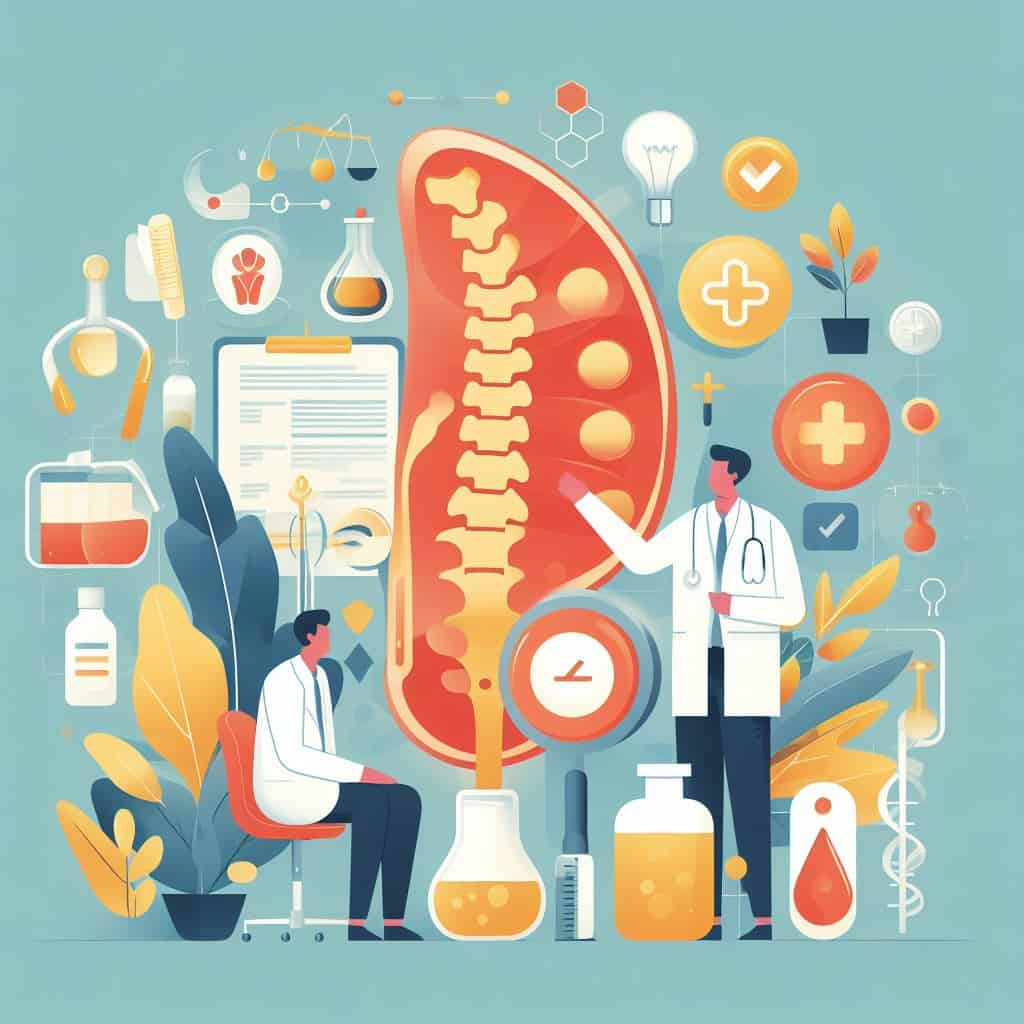
Health Professional Advice Choices for Back Pain
Journey through the realm of specialists – orthopedic experts, physical therapists, and chiropractors. Find the right professional ally to guide you toward lasting relief.
Orthopedic Specialists for Back-Pain
Orthopedic specialists are highly trained medical professionals who specialize in diagnosing and treating back pain conditions. They can provide expert guidance and personalized treatment options to help alleviate your back pain.
Physical Therapists for Back-Pain
Physical therapists are healthcare professionals who specialize in designing and implementing personalized exercise programs and rehabilitation techniques to address back pain. They can help improve mobility, strength, and flexibility while reducing pain and promoting overall recovery.
Chiropractors for Back Pain
Chiropractors are healthcare professionals who specialize in manual adjustment and targeted high-velocity mobilization and manipulation of the spine to alleviate back pain. They focus on restoring proper alignment and function to the spine, promoting natural healing and pain relief.
Pain Management Specialists for Back Pain
Pain management specialists are healthcare professionals who specialize in diagnosing and treating chronic back pain. They employ a variety of techniques, including medication management, injections, and non-invasive therapies, to help patients find relief and improve their quality of life.

Home Remedies Ideas for Back Pain
Embrace the power of self-care. From restorative rest to soothing ice and heat applications, discover simple yet effective home remedies for managing your back pain.
Rest for Back Pain Relief
Rest is essential for relieving back pain. Take breaks, avoid strenuous activities, and prioritize relaxation to allow your body to heal and recover.
Ice and Heat for Back-Pain
Alternate between ice and heat therapy to alleviate back pain. Apply ice packs for 15-20 minutes to reduce inflammation, followed by heat therapy, such as a warm compress or hot shower, to relax muscles and increase blood flow.
Over-the-Counter Pain Medications for Back-Pain
Over-the-counter pain medications that can be used for back pain include:
- Acetaminophen (e.g., Tylenol): Take as directed on the packaging.
- Nonsteroidal anti-inflammatory drugs (NSAIDs) such as ibuprofen (e.g., Advil) or naproxen (e.g., Aleve): Follow the instructions on the packaging and do not exceed the recommended dosage.
Remember always to read and follow the instructions on the packaging, and if you have any concerns or questions, consult with a healthcare professional.
Massage for Back Pain
Back pain can be relieved through various massage techniques. Here’s a simple massage routine for back pain relief:
- Start by applying a light pressure with your palms on the lower back area.
- Use long, sweeping motions to massage up the sides of the spine with both hands.
- Move your hands towards the upper back, using circular motions along the muscles on either side of the spine.
- Apply kneading motions with your fingers and thumbs to work on any areas of tension or knots.
- Repeat the above steps for several minutes, focusing on any specific areas of pain or discomfort.
- Finish the massage with gentle strokes to help relax the muscles.
Remember to adjust the pressure according to your comfort level and consult with a healthcare professional for severe or persistent back pain.
Topical Pain Relief for Back Pain
Topical pain relief options for back pain include:
Lidocaine patches: Apply lidocaine patches directly to the affected area for temporary pain relief.
Menthol creams: Menthol-based creams, such as those containing camphor or peppermint, can provide a cooling sensation and help alleviate back pain.
Capsaicin creams: Capsaicin, derived from chili peppers, can be found in topical creams and is known to provide pain relief by reducing the substance P, a chemical that transmits pain signals.
NSAID gels: Non-steroidal anti-inflammatory drugs (NSAIDs) in gel or cream form, like ibuprofen or diclofenac, can be applied topically to reduce inflammation and alleviate back pain.
Arnica creams: Arnica, a natural herb, is available in cream form and is believed to reduce inflammation and relieve muscle soreness.
Remember to read and follow the instructions provided on the product packaging and consult with a healthcare professional if you have any concerns or if your back pain persists or worsens.
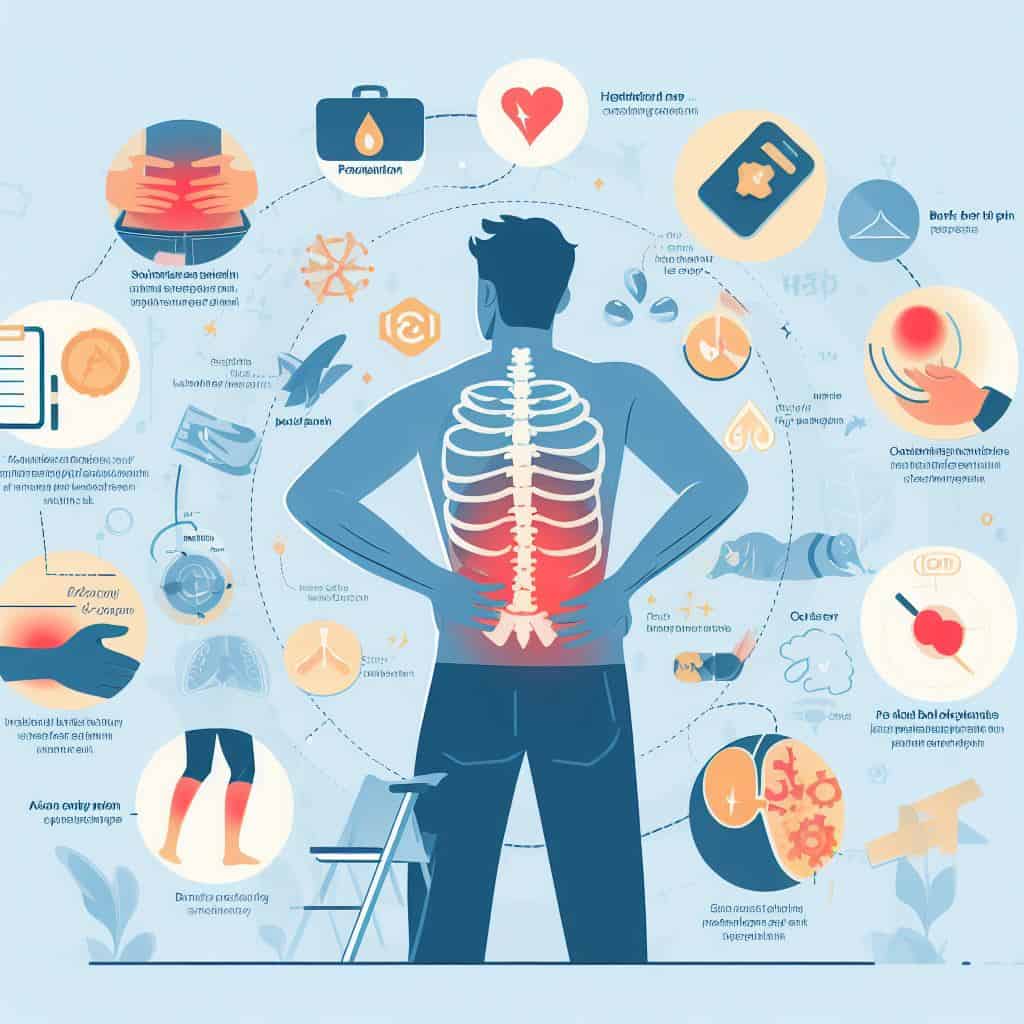
When to See a Doctor for Back Pain
Decode the warning signs that signal a call to action. Recognize when persistent pain, radiating sensations, or loss of control necessitate a professional intervention. Your health roadmap starts with knowing when to seek expert advice.
Persistent or Severe Back Pain
Persistent or severe back pain can have various causes and should be evaluated by a medical professional. It is not appropriate for me to provide a specific answer or treatment recommendation without a proper examination from a healthcare provider. I recommend consulting with a doctor or a specialist such as a chiropractor or physical therapist who can assess your condition and provide appropriate guidance. In case of severe back pain please call health line or seek emergency help.
Pain Radiating Down the Legs
Pain radiating down the legs can be a symptom of various conditions, including herniated discs, sciatica, spinal stenosis, or muscular strains. It is advisable to consult with a healthcare professional for a proper diagnosis and appropriate treatment.
Weakness or Numbness in Back
If you are experiencing weakness or numbness in your back, it is recommended to consult a medical professional for an accurate diagnosis and appropriate treatment. They will be able to assess your condition and provide the necessary guidance or refer you to a specialist if needed.
Loss of Bladder or Bowel Control with Low-Back Pain
If you are experiencing a loss of bladder or bowel control along with low back pain, it is crucial to seek immediate medical attention. This combination of symptoms could indicate a serious underlying condition that requires urgent evaluation and treatment by a healthcare professional.
Conclusion
In conclusion, this blog post serves as a general overview guide on back pain, covering its causes, symptoms, diagnosis, exercises, and lifestyle factors. It is important to note that the information provided here is not intended as medical advice. If you are experiencing a medical emergency or chronic back pain, it is crucial to seek professional help. Back pain can have various triggers, and navigating it by yourself can be challenging. Remember to consult a healthcare professional for personalized advice. Additionally, stay connected by following my Instagram account: @drleochou.

